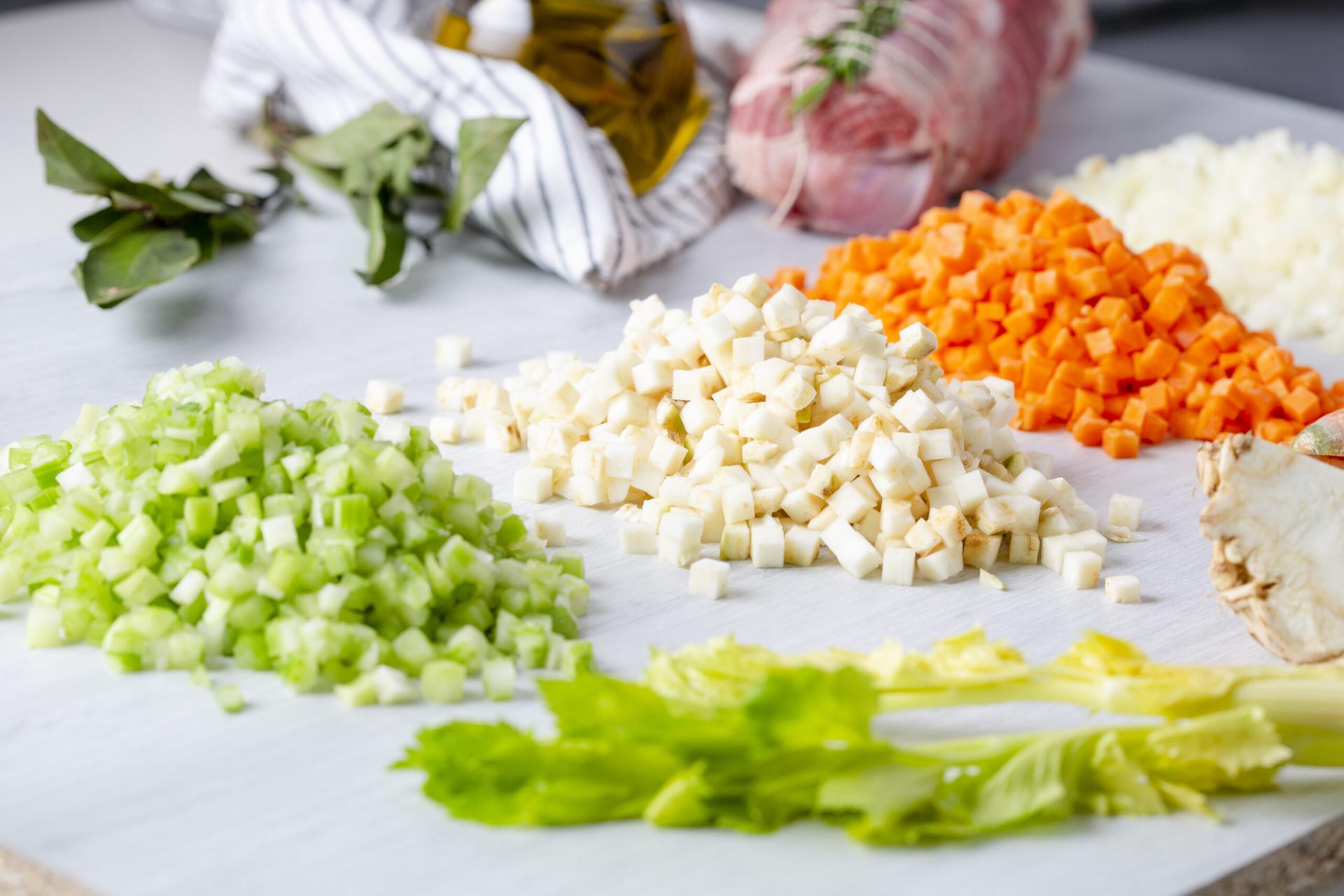

Why Every Professional Kitchen Needs a High-Quality Food Processor
Time is one of the most valuable resources in any commercial kitchen – and the food processor is a tool designed to make the most of it. From fine chopping and slicing to emulsifying, mixing, or even kneading, food processors are built to tackle repetitive, labor-intensive tasks with speed and precision. When used correctly, they can reshape how a kitchen handles prep, improve product consistency, and reduce manual strain on staff.
Whether you’re outfitting a new kitchen or looking to improve your current setup, investing in a professional food processor can pay off across every shift.
How a Food Processor Enhances Speed and Consistency in Food Prep
One of the primary benefits of using a food processor in a commercial environment is the time saved on repetitive prep work. Tasks that might take 15 or 20 minutes by hand – like grating a kilogram of carrots or slicing a case of onions – can be completed in minutes, with minimal effort and uniform results.
This boost in productivity is matched by an equally important advantage: consistency. A food processor doesn’t tire or vary in performance over time. Each slice, shred, or purée is virtually identical to the last, ensuring every plate matches your kitchen’s standards.
Speed and consistency also help control food waste. Precise cutting means fewer trimmings, better portion control, and improved yield from your ingredients. Modern commercial food processors offering multiple disc and blade options allow kitchens to adapt quickly to different recipes and service needs.
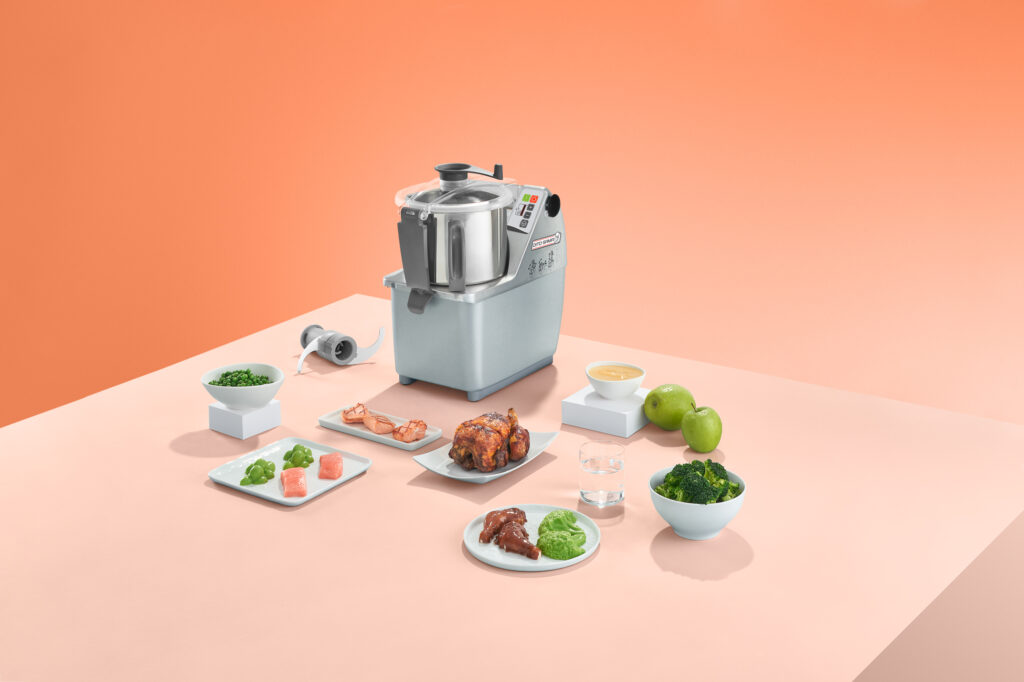
Comparing Professional Food Processors: Features and Benefits
Choosing a food processor for a professional kitchen requires a closer look than what you’d consider for home use. In a high-output environment, your equipment has to deliver consistent performance, withstand constant use, and adapt to a variety of prep tasks. To find the right fit for your operation, keep an eye on the following features:
- Motor power: look for models with robust motors (e.g., 1000W or more) capable of handling dense ingredients without overheating.
- Interchangeable blades and discs: a wide selection of attachments extends the processor’s versatility, from slicing and dicing to emulsifying and kneading.
- Bowl capacity: choose a size that aligns with your production volume. Smaller prep kitchens may need 3–6 liters, while larger operations may require 8–12 liters or more.
- Ease of cleaning: removable parts, smooth finishes, and dishwasher-safe components streamline sanitation and reduce downtime.
- Safety mechanisms: auto shut-off, interlocking lids, and anti-slip bases protect staff and improve usability.
Models from brands like Dito Sama are built with these features in mind, combining powerful performance with user-friendly design. Their commercial food processors are engineered for intensive daily use and offer the kind of durability, precision, and support professional kitchens rely on.
How to Integrate a Food Processor into Your Daily Kitchen Workflow
A food processor doesn’t just replace manual labor – it opens up opportunities to rethink how and when prep happens. To integrate this tool effectively into your kitchen workflow:
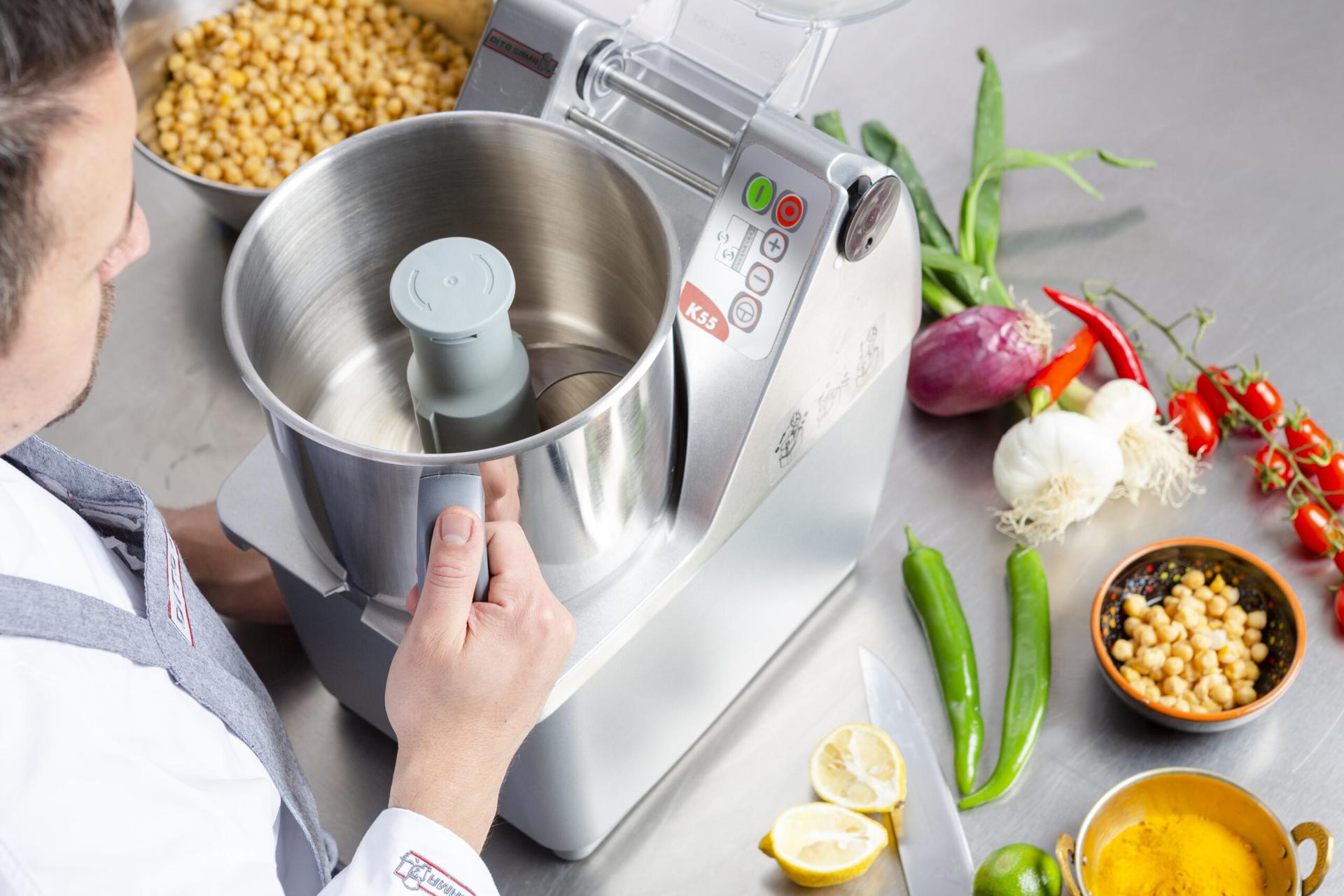
Assign prep roles around the processor:
dedicate a station where ingredients can be cleaned, portioned, processed, and stored without disrupting other stations.
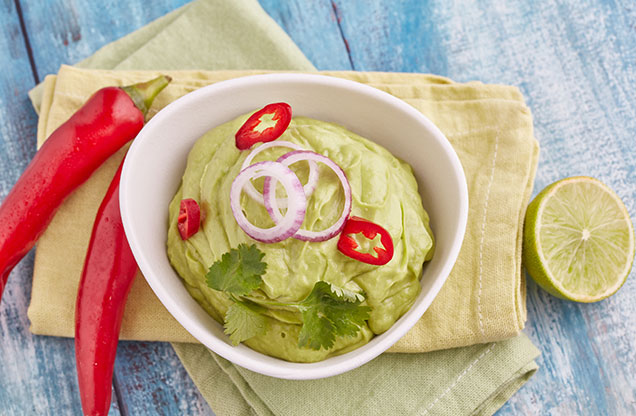
Build a prep schedule:
identify high-volume or high-frequency items that can be processed in advance. Use the processor to reduce bottlenecks during peak service hours.
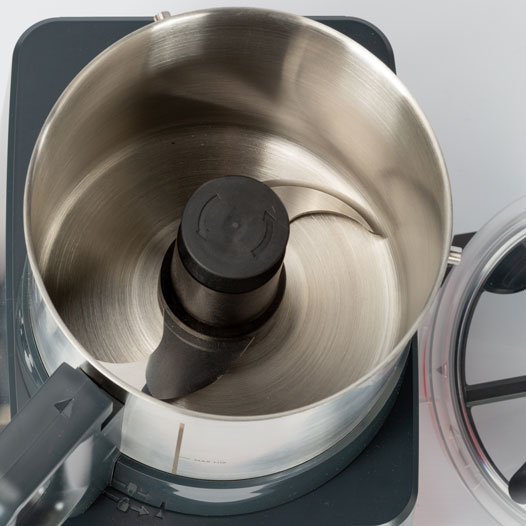
Standardize recipes and blade settings:
document blade types, portion sizes, and processing times for key recipes to help ensure consistency across staff.
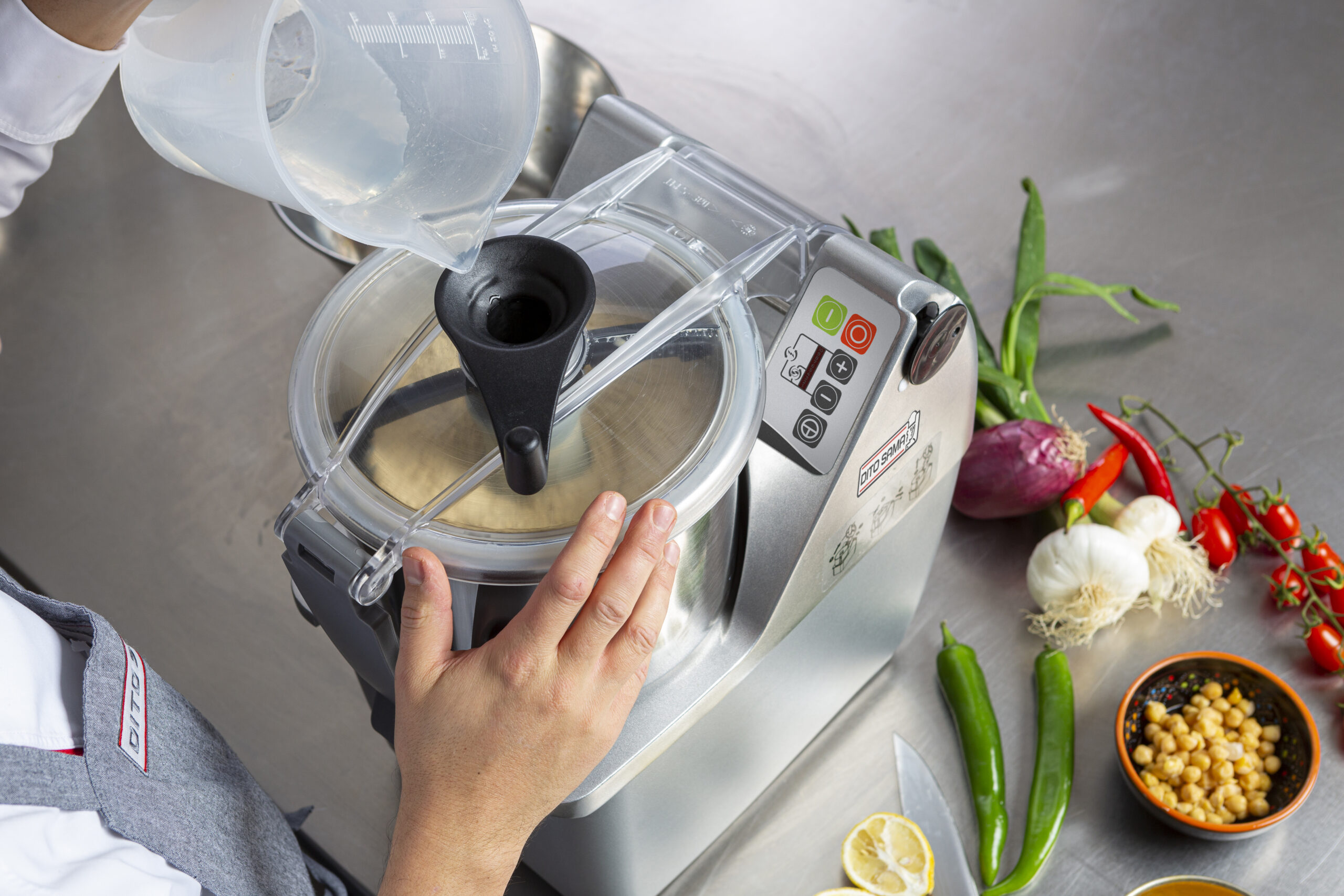
Cross-train staff:
ensure multiple team members know how to operate the food processor safely and efficiently so it remains in use regardless of shift changes.
By treating the food processor as a core piece of equipment – rather than a secondary tool – you’ll improve prep speed, reduce staff fatigue, and gain greater control over product consistency and kitchen output.
LAST NEWS


